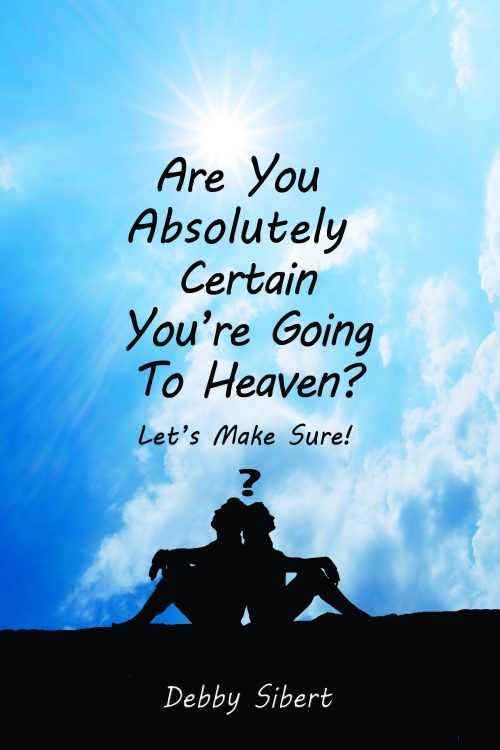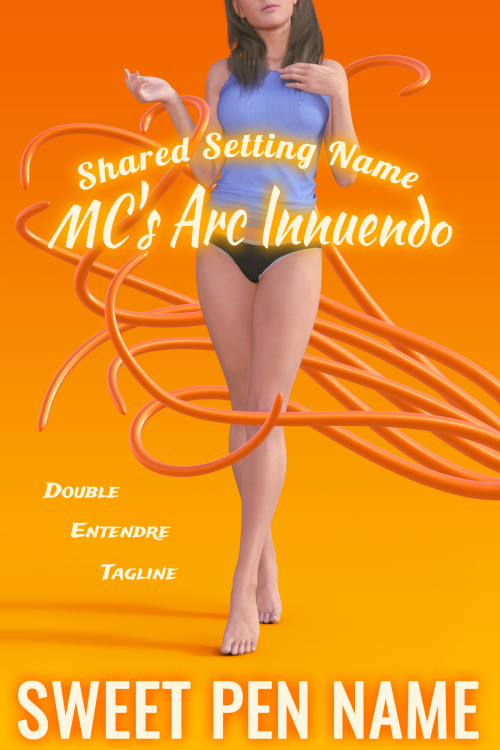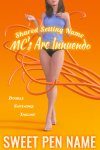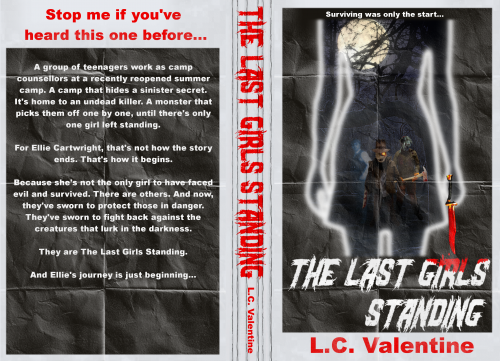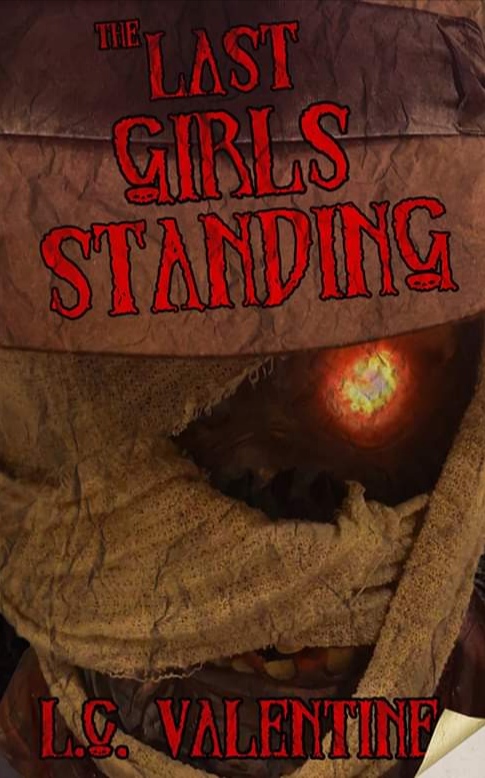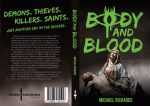The author says:
This book is written for those who are uncertain of their eternal destiny. Many give little thought to what happens when they die. This books lays out the truth about heaven and what changes can be made to help one change the trajectory of their life if necessary to be sure they get to heaven.
Nathan says:
It just comes across as perfunctory and plain. While a handwriting font could certainly work in this context, this specific font seems far too casual to me, given the subject matter,
One of the frequent commenters here likes to use this test: If the text were in a foreign language, could a reader know generally what the book is about? I think this cover pretty clearly fails that test.
Obviously it’s neither easy nor desirable to try to convey any doctrinal specifics through the cover imagery, but I think the two concepts that the non-text elements of this cover could be expected to convey are “Christianity” and “hope.” If I were designing this cover from scratch, my first impulse would be to use an image of Jesus’ hand reaching out to the reader — that covers both of those concepts, and very clearly bullseyes the intended readership.
Other ideas?
